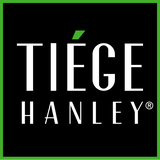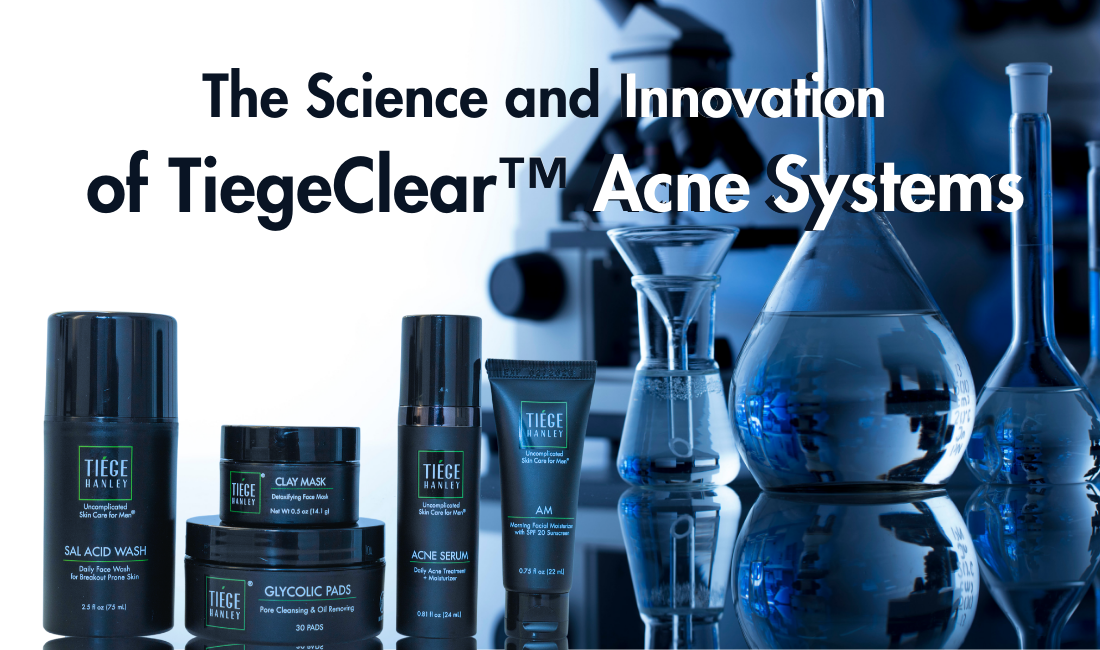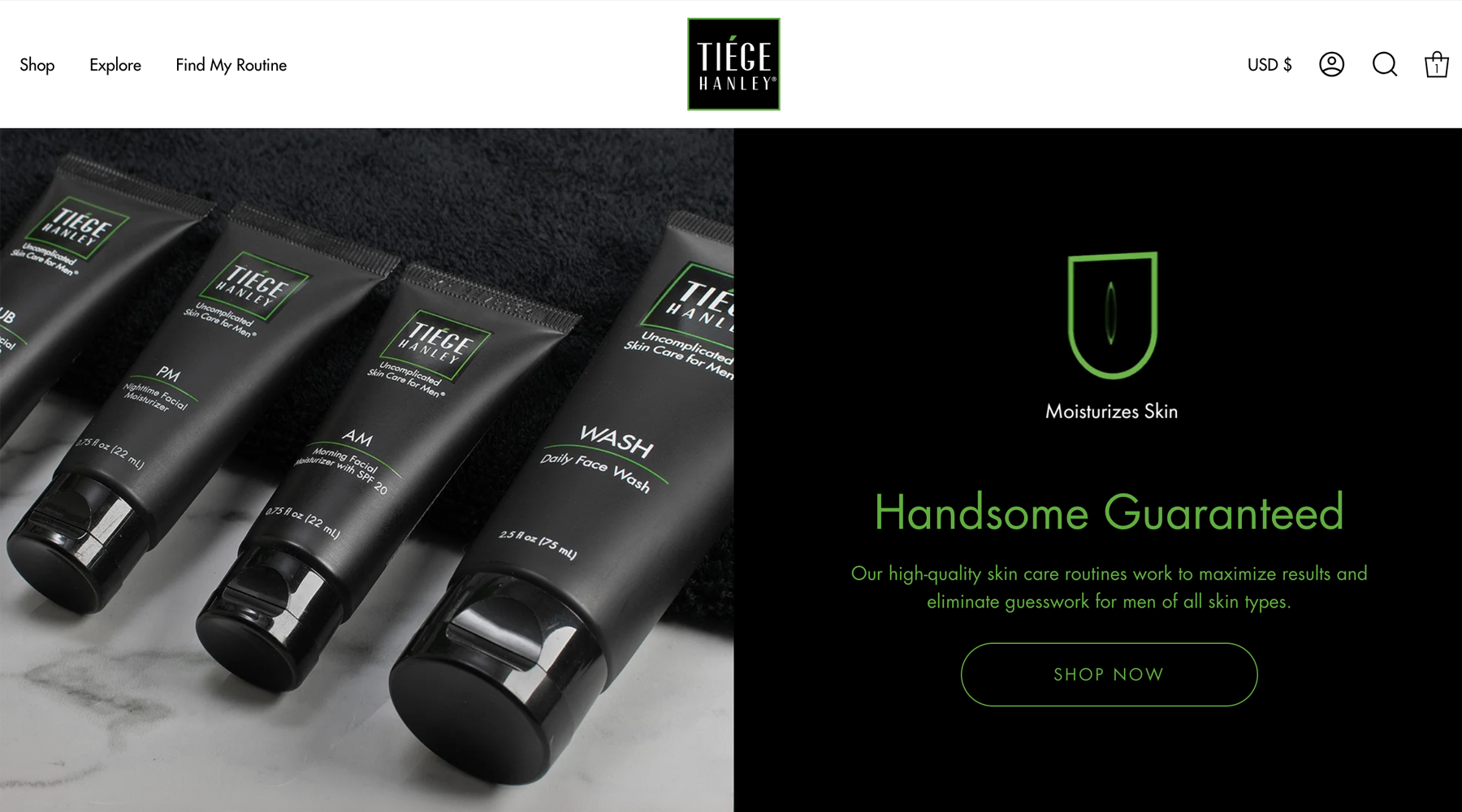Although stretch marks are more commonly seen in women, guys can get them as well. Whether they’re caused by weightlifting, growth spurts or rapid weight gain and loss, the lasting marks that are left behind can be a source of embarrassment for many.
Stretch marks—or striae as they are known medically—can be extremely difficult to treat. The good news is that many stretch marks will fade with time. If you don’t want to wait for your stretch marks to fade, there are a few methods you can try to eliminate stubborn striae.
Here are three things you should know about getting rid of stretch marks:
- Stretch marks are incredibly difficult to get rid of, and treatment options have historically been very limited.
- Some topical creams may reduce the appearance of early stretch marks.
- The most promising treatments for stretch marks include fractional radiofrequency skin resurfacing and light/laser therapies.
Topical Treatments
If you don’t want to spend hundreds or thousands of dollars for professional treatments, you can first try getting rid of stretch marks with over-the-counter creams, lotions and emollients (aka, moisturizers). While there is currently little evidence to show the efficacy of OTC products for striae, the following ingredients do show some promise for getting rid of your stretch marks.
Retinoids—Though the research is mixed, retinoids such as tretinoin and retinol may be useful in fading stretch marks. An earlier study published in the Archives of Dermatology found that tretinoin could improve early stretch marks, though their ability to treat mature stretch marks is still unknown (see claim: “After 2 months, patients treated with tretinoin had significant improvements in severity scores of stretch marks…”)
Salicylic Acid—Salicylic Acid is more than just a potent ingredient found in acne creams. In a 2016 study published in the Journal of Cutaneous and Aesthetic Surgery, a combination of Salicylic Acid, retinol and microdermabrasion provided moderate improvement to stretch marks (see claim: “Combination treatment with microdermabrasion, salicylic acid and retinol yellow peel gave superior results as compared to other therapeutic options.”)
Dermabrasion
A popular treatment option for acne scars, dermabrasion uses a wire brush with rough edges to slough off the outermost layer of the skin. This allows a new layer of skin to grow, reducing the appearance of stretch marks.

In terms of efficacy, dermabrasion seems to be on par with tretinoin for treatment of stretch marks. In a 2014 study published in Dermatologic Surgery, researchers compared topical tretinoin to dermabrasion and found both methods effective for reducing the appearance of stretch marks, with dermabrasion resulting in slightly fewer side effects (see claim: “Both treatments were efficacious, with significant improvement in early SD from baseline...”)
Take the skin care quizLight and Laser Therapies
Light and laser therapies can be effective forms of treatment for stretch marks. Pulsed dye laser (PDL) treatments in particular show promise for getting rid of stretch marks.
In this procedure, pulsed beams of high-energy light are sent to the skin, where it is absorbed by red blood cells within damaged blood vessels. In a small study published in Dermatological Surgery, a 585-nm pulsed dye laser was highly effective at diminishing the appearance of mature stretch marks in patients (see claim: “Treatment with the 585-nm pulsed dye laser at low energy densities was shown to improve the appearance of striae.”)
Fractional Radiofrequency Skin Resurfacing
Fractional radiofrequency (FR) skin resurfacing is a nonsurgical treatment that is used to diminish the appearance of stretch marks, as well as other common skin complaints such as stubborn acne scars, age spots and sun damage. It uses a combination of radiofrequency technology and micro-needling techniques to create controlled damage in the skin which encourages a new, healthy layer of skin to take its place.

FR skin resurfacing is an effective procedure with little recovery time. According to a 2017 study published in the Journal of Cosmetic Dermatology, FR skin resurfacing significantly improved the appearance of stretch marks after four weeks of treatment (see claim: “At 4 weeks after the last treatment, the total surface area, and the width and the length of striae alba significantly decreased from the baseline (P < 0.001).”)
Getting Rid of Stretch Marks the Right Way
As frustrating as stretch marks may be, tanning is not the right way to get rid of them. While it may diminish their appearance temporarily, your stretch marks will reappear. Plus, you’re putting yourself at a higher risk of skin cancer by trying to reduce your stretch marks through tanning.
The treatments we’ve listed above are generally considered safe and show the most promise for getting rid of stretch marks. However, be sure to speak with your dermatologist before attempting to eliminate stretch marks on your own. He or she will recommend the best possible treatment based on your skin type and the severity of your stretch marks.





